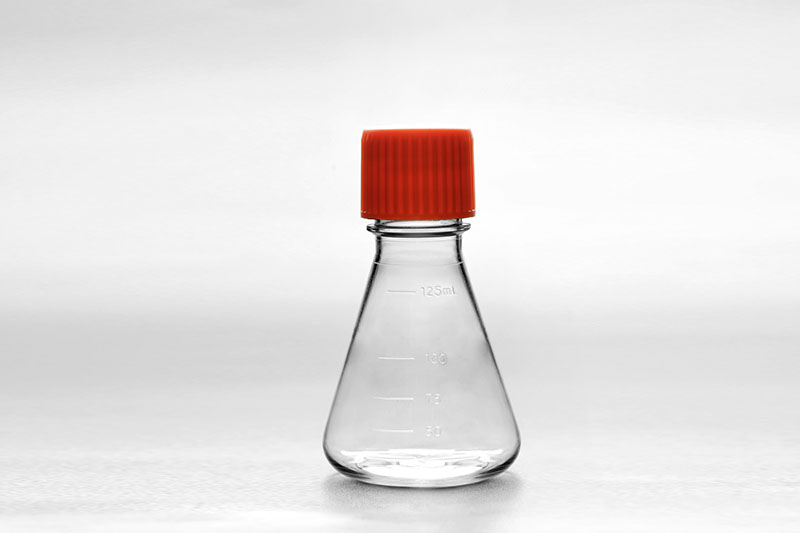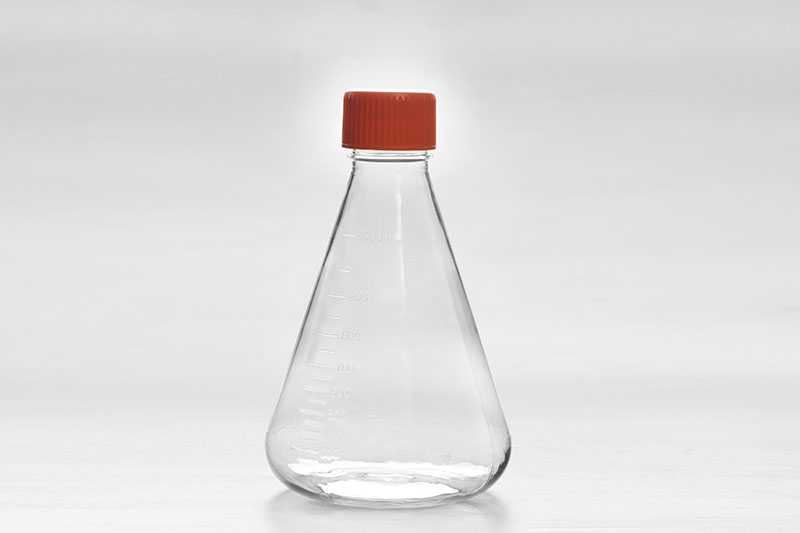Application of erlenmeyer shake flasks in lentiviral transfection
As an economical and affordable cell culture tool, the erlenmeyer shake flask has a wide range of applications in the fields of biopharmaceuticals, vaccine preparation, cell and gene therapy, etc. Among them, this kind of container is also used in lentivirus transfection.
Lentiviral vectors are gene therapy vectors developed on the basis of HIV-1. Different from general retroviral vectors, it has the ability to infect both dividing and non-dividing cells, and is widely used in the study of expressing RNAi. The cell shake flask is mainly used in the experiment of lentivirus transfection of suspension cells. The steps are as follows:
125ml-Erlenmeyer-Shake-Flasks
1. Add polybrene to 6 μg/ml and an appropriate amount of virus to 2×105/ml suspended cells, and mix well. Incubate at 37°C. Or centrifuge at room temperature at 150g for 4 hours (selected, this step can improve transfection efficiency for some difficult-to-transfect cell lines).
2. (Selected for this step for cells sensitive to polybrene toxicity) Add an equal volume of fresh medium after 4 hours (or after centrifugation) to dilute polybrene.
1000ml-Erlenmeyer-Shake-Flasks
3. Continue to cultivate for 3-4 days. The growth of intermediate cells can be passaged or the medium can be changed.
When using erlenmeyer shake flask for lentiviral transfection, be sure to use as little medium as possible during infection; adding 5-10ul of Polybrene (the concentration of the stock solution is 2mg/ml) per 1ml of medium can improve the efficiency by about 3 -5 times. However, the problem of virus infection efficiency is relative, and you can achieve your own research purposes.


评论
发表评论